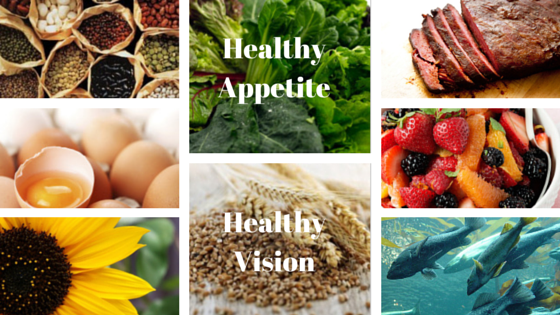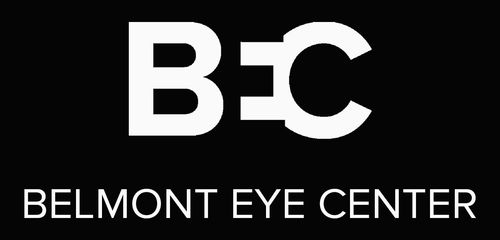Good eye health starts with taking care of your body. Key nutrients like omega-3 fatty acids, lutein, zinc, and vitamins C and E might help ward off age-related vision problems like macular degeneration and cataracts. To get them, fill your plate with key essentials such as:
- Green leafy vegetables like spinach, kale, and collards
- Salmon, tuna, and other oily fish
- Eggs, nuts, beans, and other nonmeat protein sources
- Oranges and other citrus fruits or juices
- Oysters and pork
- A well-balanced diet also helps you stay at a healthy weight. That lowers your odds of obesity and related diseases like type 2 diabetes, which is the leading cause of blindness in adults.
A more detailed breakdown of what certain foods do for your eye vision include the following:
Raw Red Peppers
Bell peppers give you the most vitamin C per calorie. That’s good for the blood vessels in your eyes, and science suggests it could lower your risk of getting cataracts. It’s found in many vegetables and fruits, including bok choy, cauliflower, papayas, and strawberries. Heat will break down vitamin C, so go raw when you can. Brightly colored peppers also pack eye-friendly vitamins A and E.
Sunflower Seeds and Nuts
An ounce of these seeds or almonds has half the amount of vitamin E the USDA recommends for adults each day. A large study found that vitamin E, together with other nutrients, can help slow age-related macular degeneration (AMD) from getting worse. It may also help prevent cataracts. Hazelnuts, peanuts (technically legumes), and peanut butter are also good sources of vitamin E.
Dark, Leafy Greens
Kale, spinach, and collard greens, for example, are rich in both vitamins C and E. They also have the carotenoids lutein and zeaxanthin. These plant-based forms of vitamin A lower your risk of long-term eye diseases, including AMD and cataracts. Most people who eat Western diets don’t get enough of them.
Salmon
Your retinas need two types of omega-3 fatty acids to work right: DHA and EPA. You can find both in fatty fish, such as salmon, tuna, and trout, as well as other seafood. Omega-3s also seem to protect your eyes from AMD and glaucoma. Low levels of these fatty acids have been linked to dry eyes.
Sweet Potatoes
Orange-colored fruits and vegetables — like sweet potatoes, carrots, cantaloupe, mangos, and apricots — are high in beta-carotene, a form of vitamin A that helps with night vision, your eyes’ ability to adjust to darkness. One sweet potato also has more than half the vitamin C you need in a day and a little vitamin E.
Beans and Legumes
Prefer a vegetarian, low-fat, high-fiber option to help keep your vision sharp at night and slow AMD? Chickpeas are also high in zinc, as are black-eyed peas, kidney beans, and lentils. A can of baked beans will do the job, too.
Contact our office today to get your vision tested to see how to best preserve your vision.

